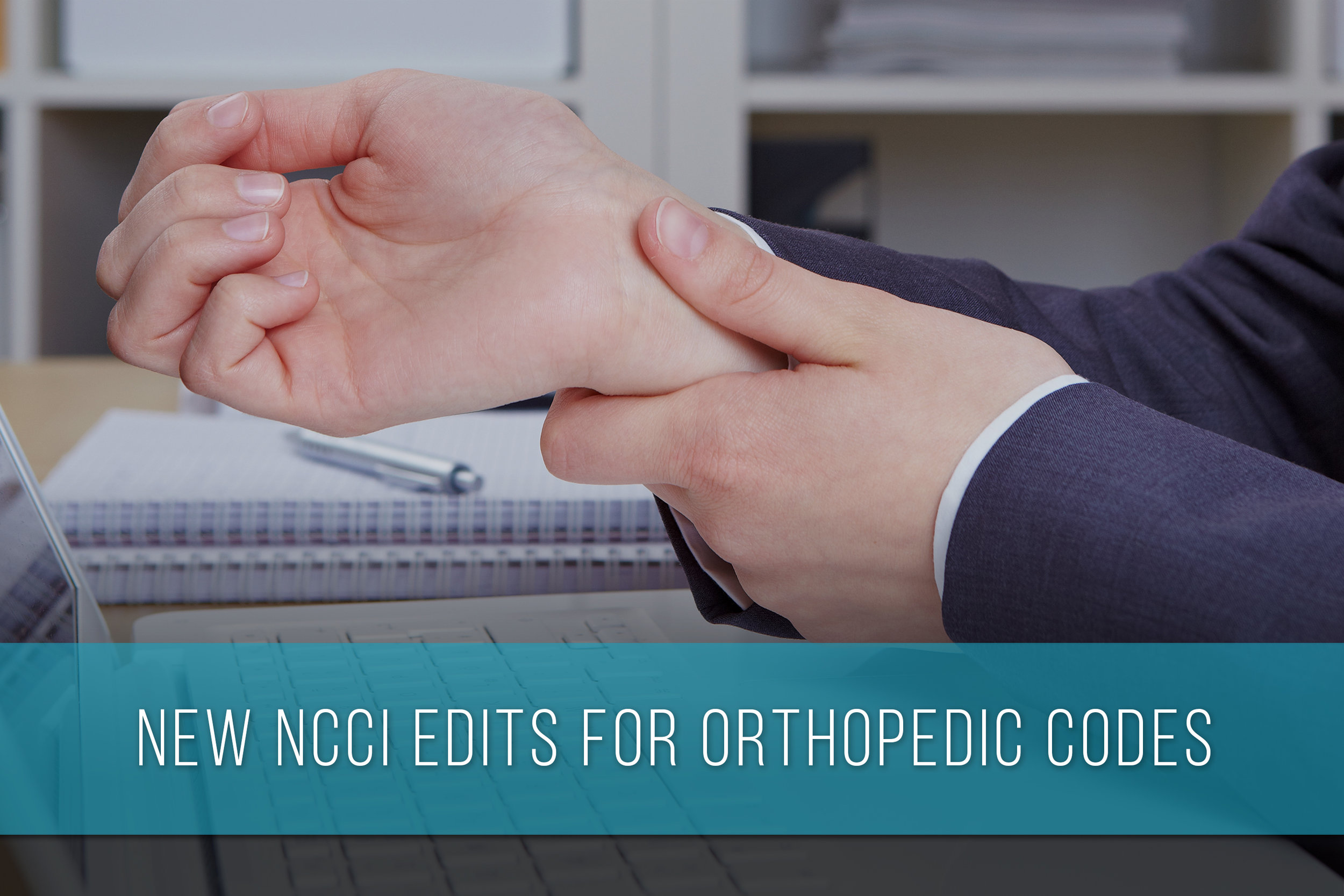By:Jacqueline Thelian, CPC, CPC-I, CHCA & Lorna Simons, CPC
Medco Consultants, Inc
Your practice may see a marked decrease in Medicare reimbursements for certain laboratory services in 2018. As a part of the Protecting Access to Medicare Act (PAMA) of 2014, CMS has revised the laboratory fee schedule to make the rates more equivalent to private insurance plans which have lower rates.
Many of the common laboratory tests performed in physicians’ practices such as CBC (85025) Comprehensive Metabolic Panel (80053) Prothrombin (85610) and hundreds of others are set to for a 10% payment reduction and an additional 115 codes will see a 9% reduction in reimbursement.
The lab fee schedule will affect all practices submitting claims for Medicare laboratory services. Many physicians running labs are doing so on a very slim profit margin and the reduction will bring the sustainability of in office laboratory testing in question. It is important to note, not all laboratory reimbursements will be decreased. In some cases, the fee schedule has gone up.
For a sampling of affected services please see the below table:
Source:
Clinical Laboratory Fee Schedule Files https://www.cms.gov/Medicare/Medicare-Fee-for-Service-Payment/ClinicalLabFeeSched/Clinical-Laboratory-Fee-Schedule-Files.html?DLSort=2&DLEntries=10&DLPage=1&DLSortDir=descending
Current Procedural Terminology (CPT) Manual 2017









